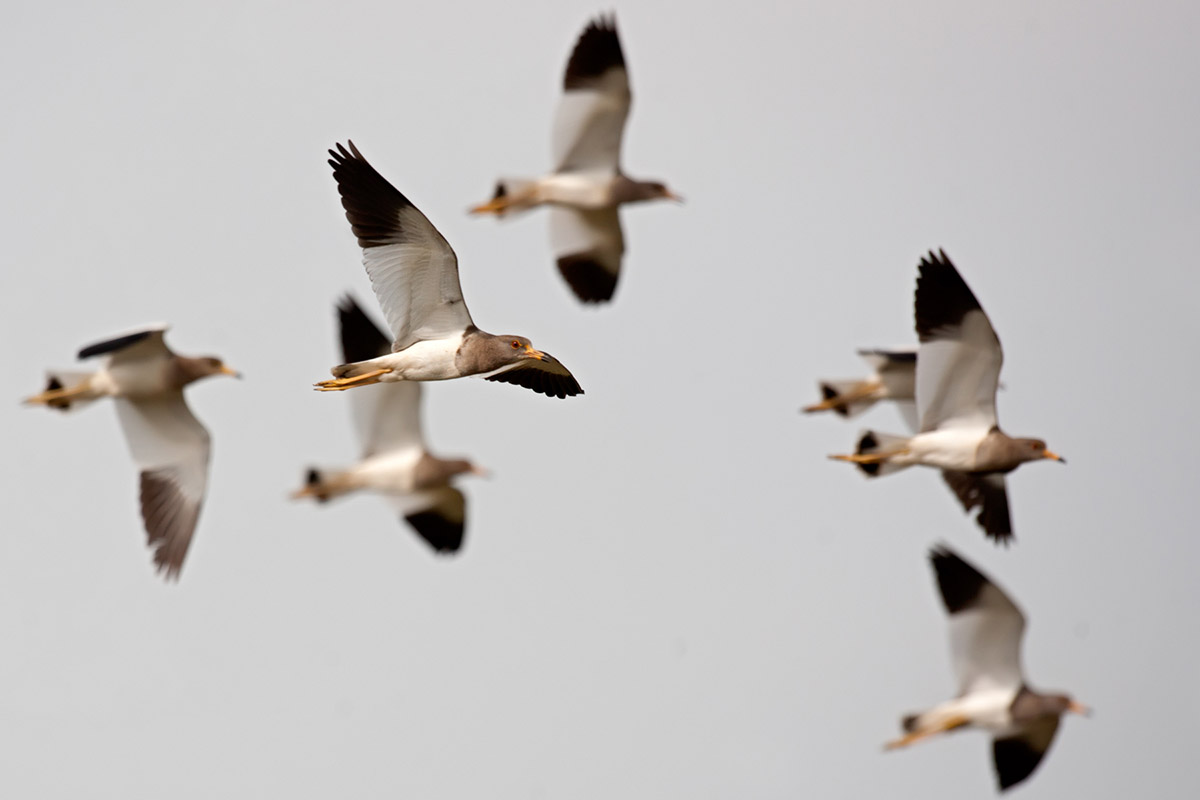Like most wildlife photographers, Hoang Le takes photos of birds in Vietnam out of his pure fascination with nature and to inspire preservation efforts. When asked if he considers himself a photographer or an ornithologist, he smiled and brushed off himself, denying having the expertise in neither. Yet looking at his images of more than 300 species of birds in Vietnam, one has to wonder how the “amateur” he admits himself to be comes to capture and categorize all these colorful creatures.
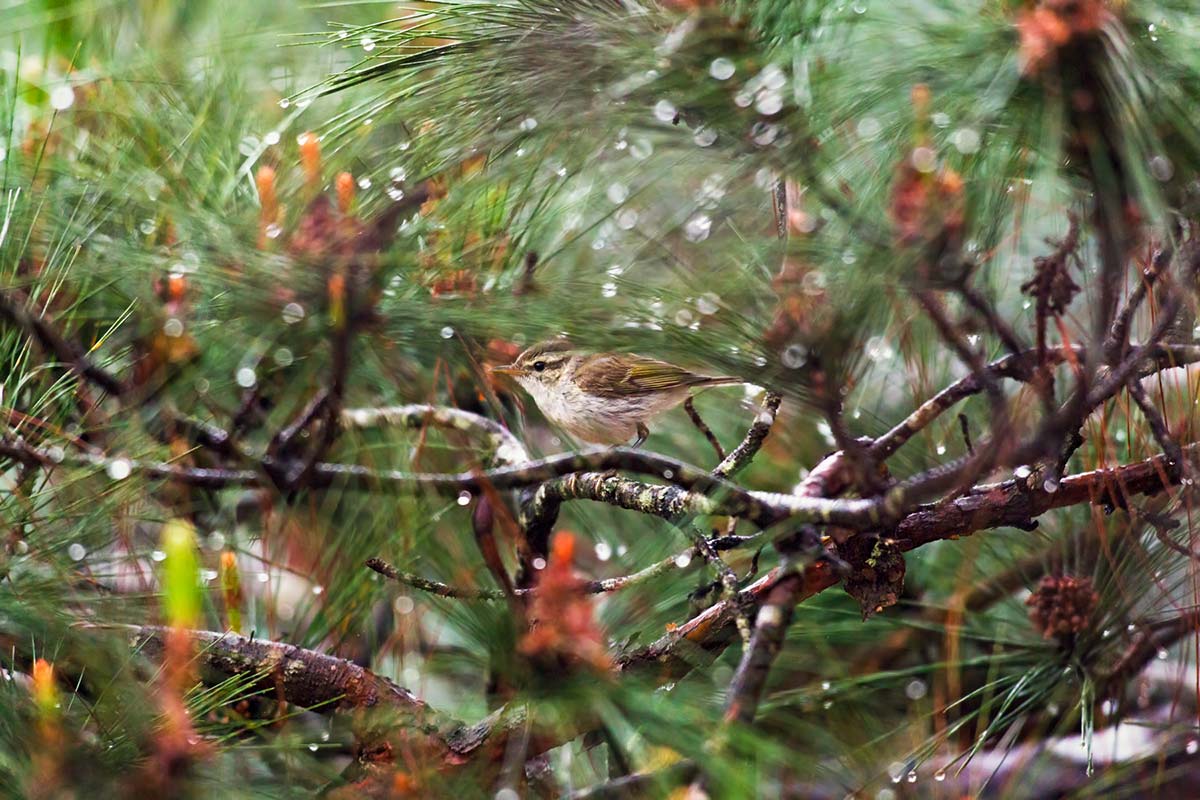
It is hard to estimate how much time is needed to take a good photograph. First, a lot depend on weather conditions and other external elements he cannot control. It takes more than one shot for a good portrait where a subject is seen in their natural habitat and displays their behaviors, but migratory birds are only present in Vietnam once a year, adding the waiting period to a few years’ time. Having documented life of birds for five years, Hoang has come to terms with the fact that this is a low odds practice that has no place for the passive and impatient.
“There are plenty of emotions when you take photos of animals. For beginners, once the animal appears, their heart pounds and their body shakes. I used to be like that, but without staying calm you will for sure fail at shooting.”
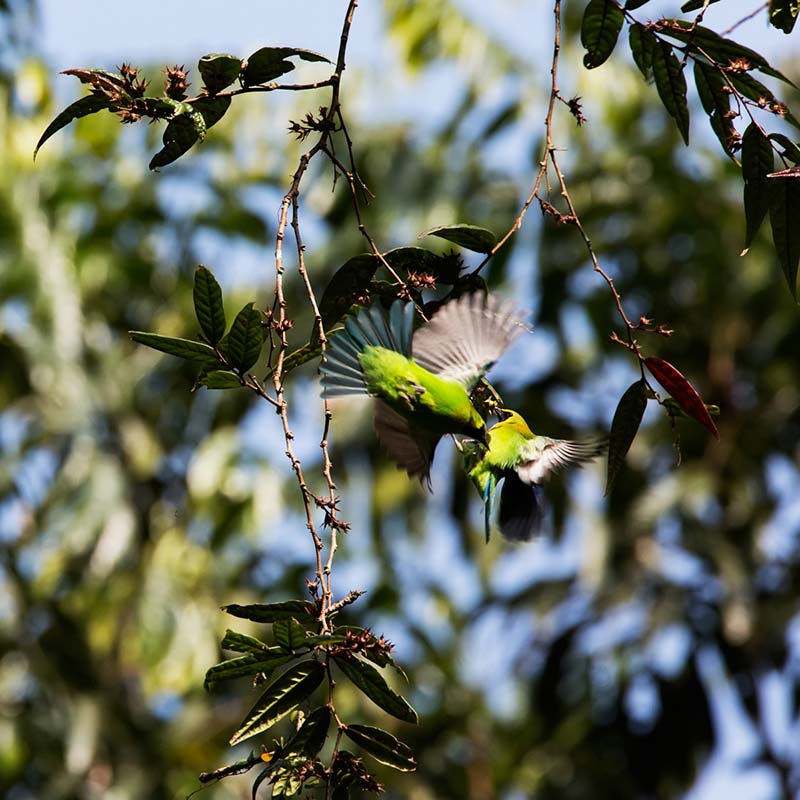
On multiple occasions, instead of taking a photo, the photographer makes a photo. Hoang is a vocal opponent of unethically staged images that disturb the animals’ safety, but just sitting around hoping to spot the subject does not produce any result. Luck is a big factor, but Hoang believes out of careful preparation we can create luck. There are a lot of tasks to do on the field before the shutter is pressed. Once in the woods, one has to make the most use of the senses, not just seeing but hearing. He listens to the birds and plays their song to see if they answer, then finds a way to lure them out by feeding or digging a water hole. The ‘luring’ process could take months for a fleeting moment of a Blue-rumped Pitta turning up out of wild mushrooms or of two Collared Laughingthrushes bathing in the sunlight of late autumn on a bare branch.
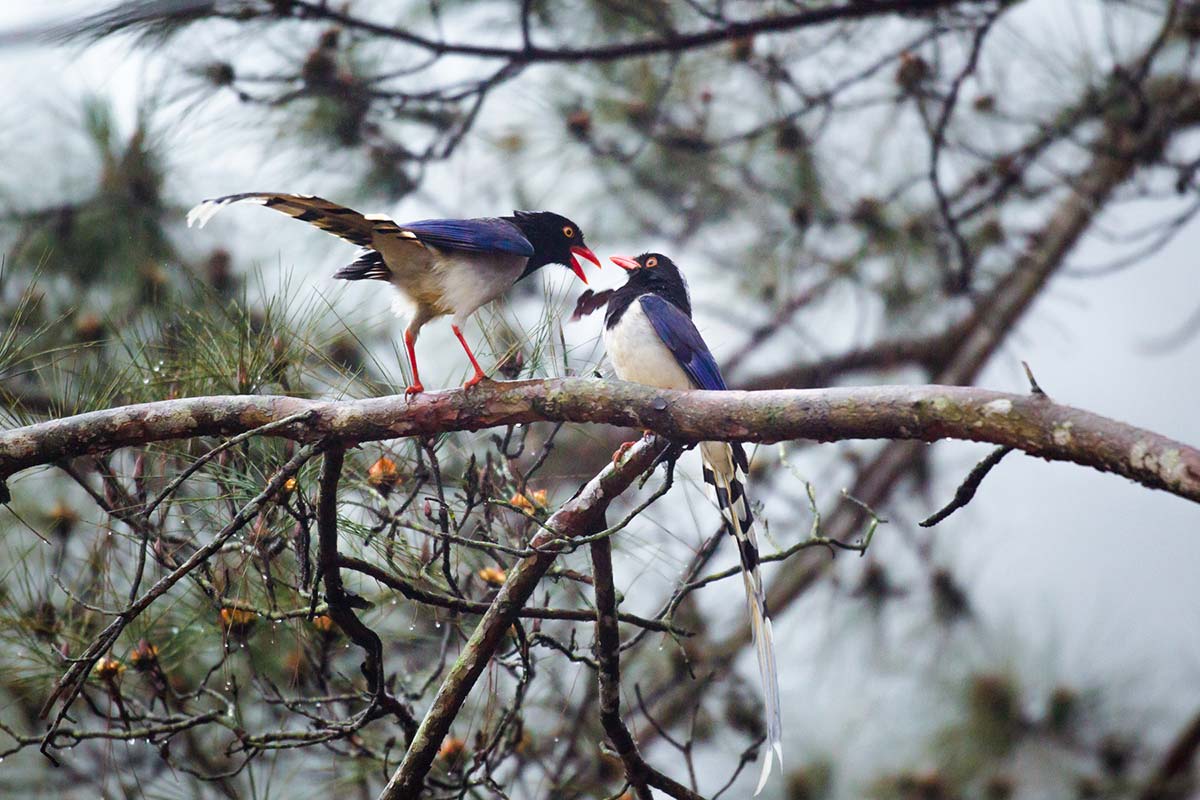
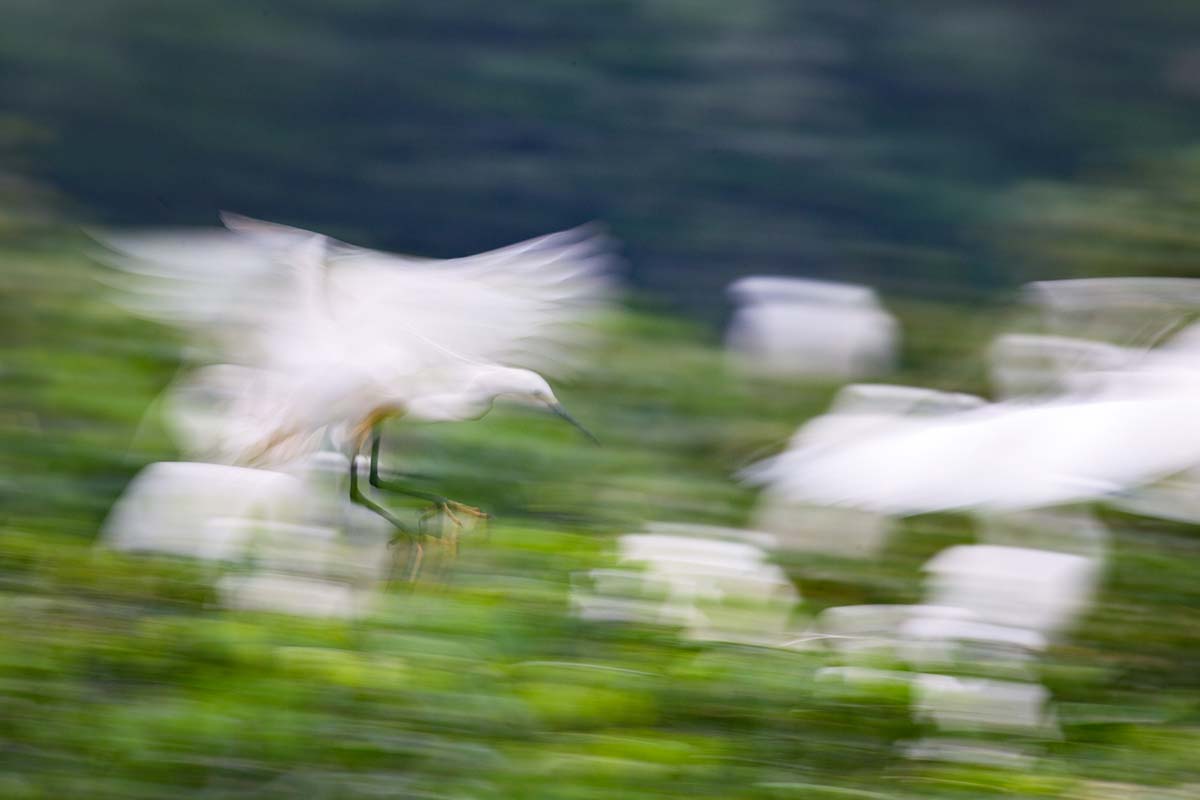
Patience in life is a quality, in wildlife photography, it is a requirement. It takes patience to hold still for hours and return with nothing, knowing that the time spent is not wasted but a necessary step to gain practical knowledge. The practice is an odd reminder of Zen meditation that trains single-pointed concentration, emptying the mind of desire and disappointment, and embracing decisive moments with absolute calmness. Hoang shared: “There are plenty of emotions when you take photos of animals. For beginners, once the animal appears, their heart pounds and their body shakes. I used to be like that, but without staying calm you will for sure fail at shooting”. Once in the woods, Hoang almost forgets everything and only focuses on getting the shot.
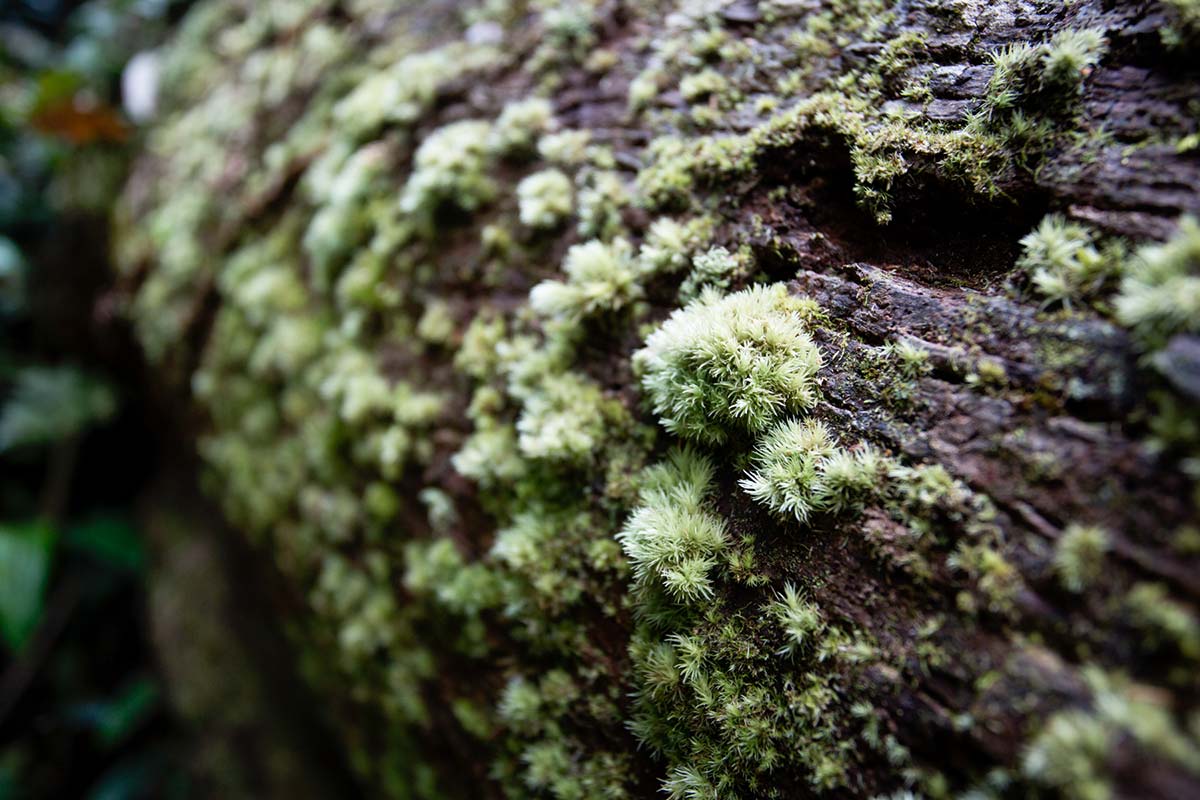
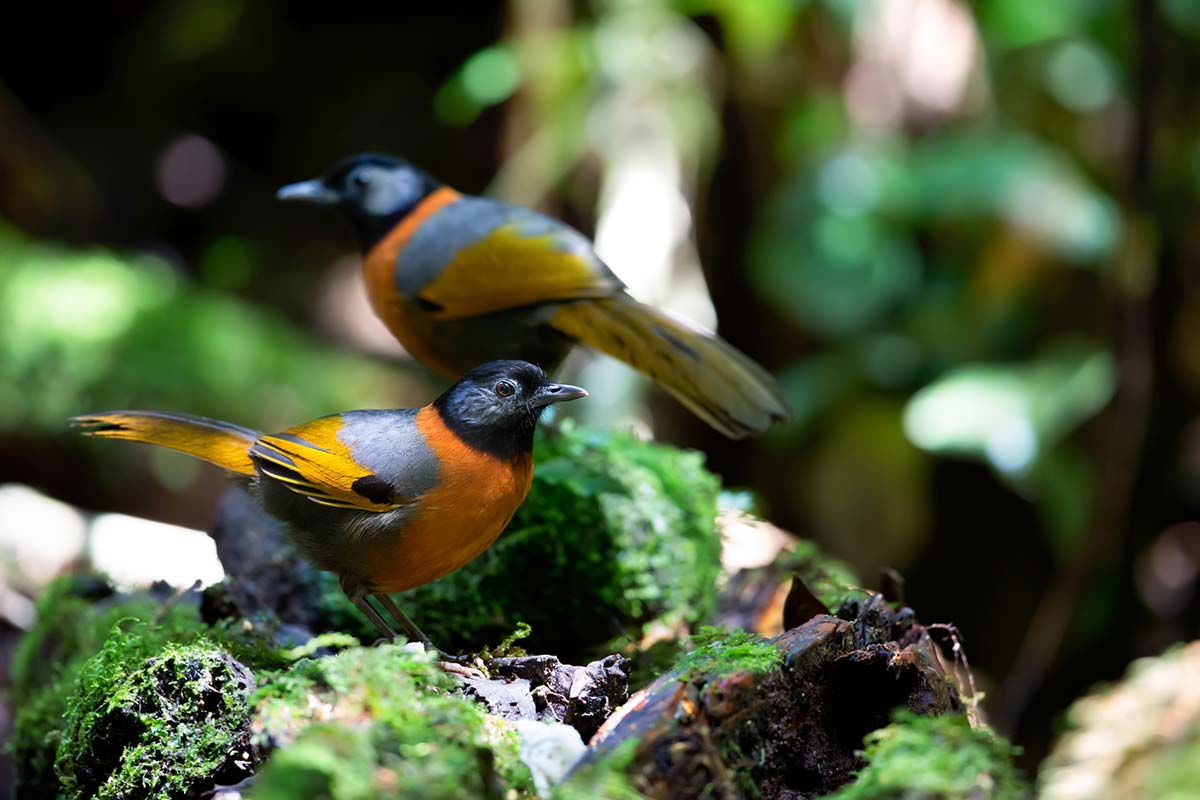
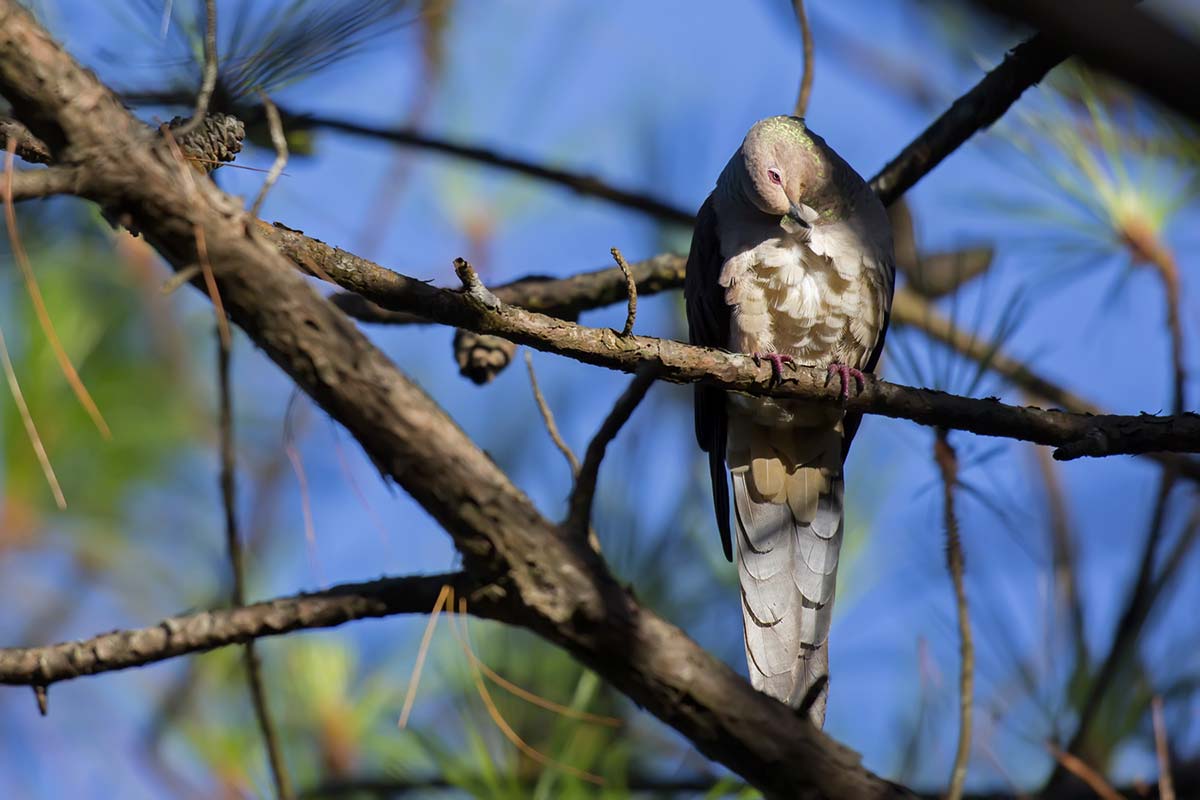
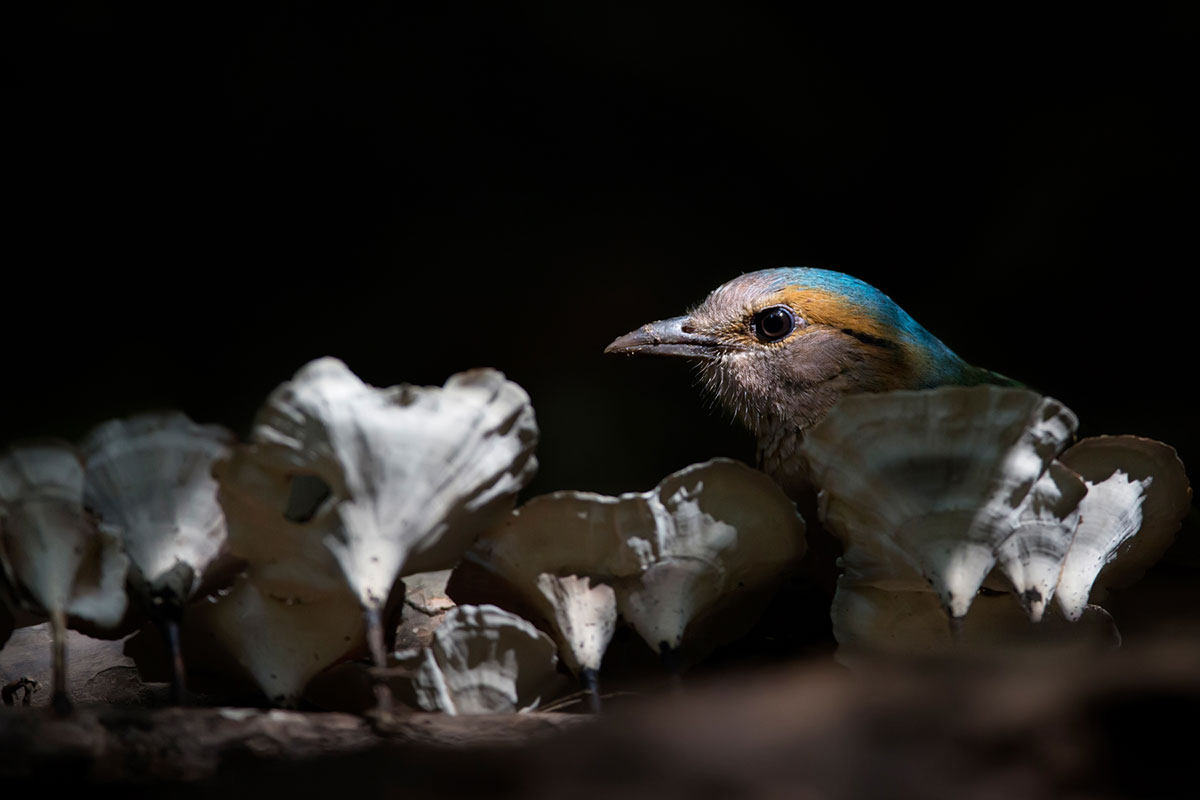
In the movie The Secret Life Of Walter Mitty, the character photographer Sean O’Connell sit still in the Himalayas waiting to take photos of the snow leopard, and when it appeared, he decided to just immerse in its rare beauty for himself. Hoang thinks the scene is interesting, but has been exaggerated to create drama. He believes beauty should be captured and shared. But he agrees with O’Connell that “beauty doesn’t ask for attention”; the elusive beauty of nature plays hide and seek, only rewarding diligent eyes that won’t stop looking.
